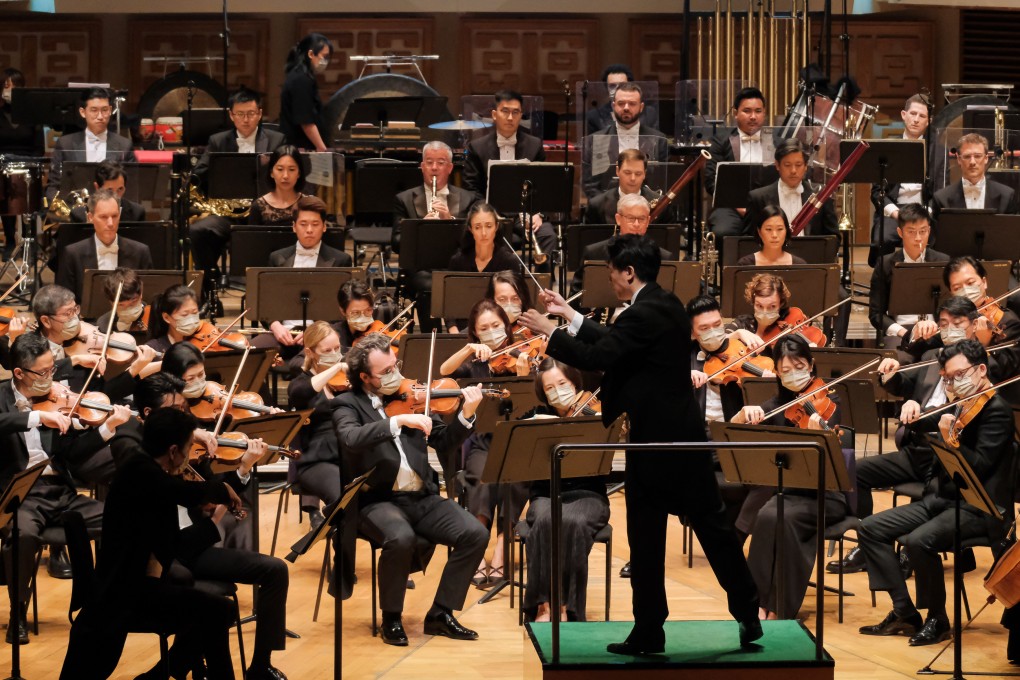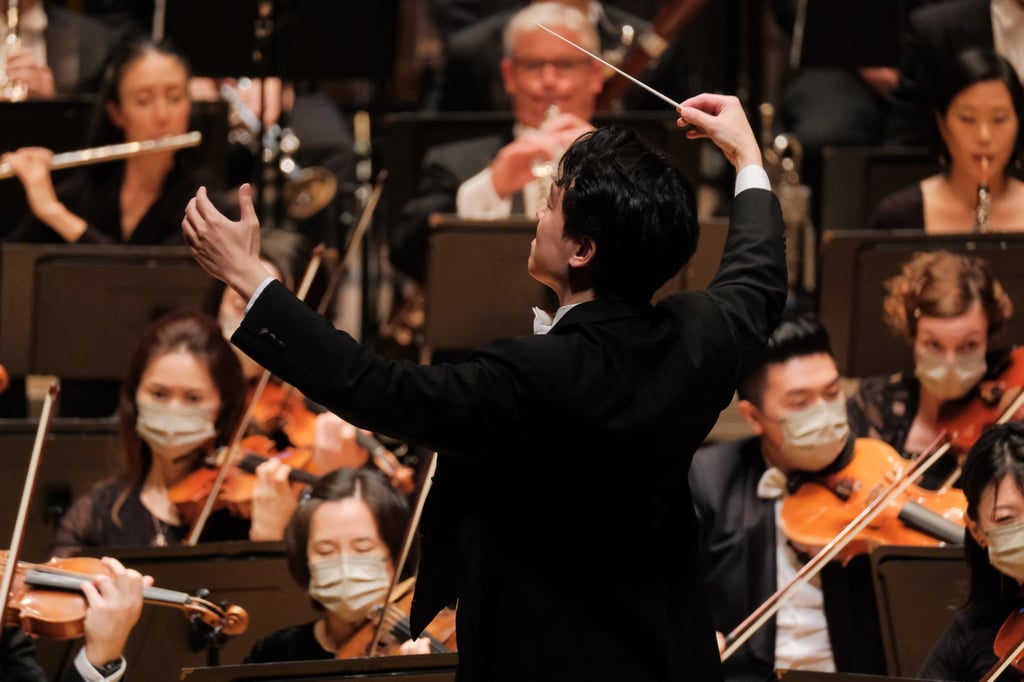Review | Hong Kong Philharmonic thrill with vibrant Respighi and a pyrotechnic piccolo premiere
- Conductor Lio Kuokman drew vibrant, spontaneous renditions of Italian composer Respighi’s journeys through Rome from the Hong Kong Philharmonic
- Linda Stuckey showed her command of the piccolo in the world premiere of a concerto by Ozno – her husband and the Phil’s principal timpanist James Boznos

By omitting Roman Festivals, the final part of Italian composer Ottorino Respighi’s so-called “Roman Trilogy”, could the Hong Kong Philharmonic’s “Roman Holiday” concert on June 18 be construed as a journey cut short? Perhaps.
But it’s doubtful anyone felt short-changed after the orchestra’s larger-than-life renditions of the better-known Pines of Rome and Fountains of Rome under the baton of conductor Lio Kuokman and a dazzling display of piccolo pyrotechnics by Linda Stuckey in a fascinating new concerto.
Respighi’s colourful dawn-to-dusk depiction of four exquisitely sculpted fountains of Rome began the programme. The high strings lacked clarity initially, but the scene of pastoral serenity in Valle Giulia the composer paints featured some fine woodwind playing, including lovely oboe and flute solos by principals Michael Wilson and Megan Sterling.
The orchestra’s take on mid-morning at the Triton Fountain pulsated with joviality. The horns impressed in their portrayal of the Tritons blowing on conch shells. Stirring brass fanfares and infectious swirling dances lent Respighi’s impression of midday at the Trevi Fountain a triumphal character.

When Lio gracefully eased proceedings into sunset mode on the terrace of Villa Medici, the harps, celeste and piano sparkled and shimmered to great effect. A set of quietly tolling bells from the mid-left balcony area signalled the evening prayer and a new, wonderfully melancholic mood, the delicate strains of the strings fading into complete restfulness and the silence of the night.